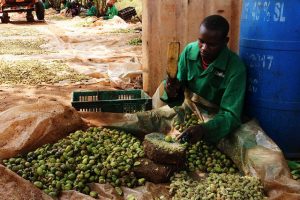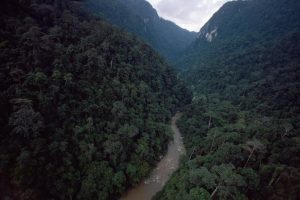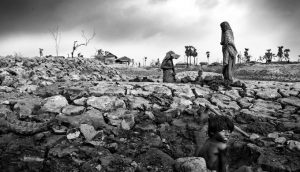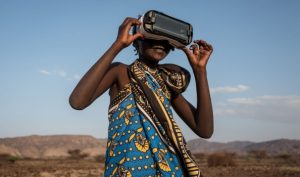 As one of our most powerful natural climate solutions, forest and landscape restoration is among the cheapest and most effective ways to store carbon and curb climate change. What’s more, expanding restoration can create enticing investment opportunities in a “restoration economy.”
As one of our most powerful natural climate solutions, forest and landscape restoration is among the cheapest and most effective ways to store carbon and curb climate change. What’s more, expanding restoration can create enticing investment opportunities in a “restoration economy.”
One hundred and fourteen governments have made commitments to restoration as part of their overall plans to tackle a changing climate, pledging to restore 162 million hectares (400 million acres), an area six times the size of the United Kingdom. But transforming land use at a large scale means that we cannot rely on public or philanthropic resources alone. To reach the $26 billion needed each year to meet countries’ pledges under the Paris Agreement, the private and commercial sectors need to be involved.
One barrier to attracting the needed funds has been lack of awareness of the investment opportunities. Investors ask, what are the business models? How can restoration generate a return on investment? What is the growth potential?
Originally published on the World Resources Institute Website.


 Topher White spends a lot of time walking in—and thinking about—the forest, and how quickly we’re losing it. So much so that he’s gotten a black eye from being smacked by flying tree branches.
Topher White spends a lot of time walking in—and thinking about—the forest, and how quickly we’re losing it. So much so that he’s gotten a black eye from being smacked by flying tree branches.  At the 2015 Paris climate conference, the United States and 196 other nations agreed to combat climate change by cutting their greenhouse gas emissions. The
At the 2015 Paris climate conference, the United States and 196 other nations agreed to combat climate change by cutting their greenhouse gas emissions. The  A new study looks at five major impacts of climate change, the sectors and the people most vulnerable.
A new study looks at five major impacts of climate change, the sectors and the people most vulnerable. International charity Oxfam is leveraging new technologies to spread the word about crises happening around the globe, as well as exploring the use of 3D printing, drones and internet of things sensors as new ways of delivering aid and solving problems in the developing world.
International charity Oxfam is leveraging new technologies to spread the word about crises happening around the globe, as well as exploring the use of 3D printing, drones and internet of things sensors as new ways of delivering aid and solving problems in the developing world.